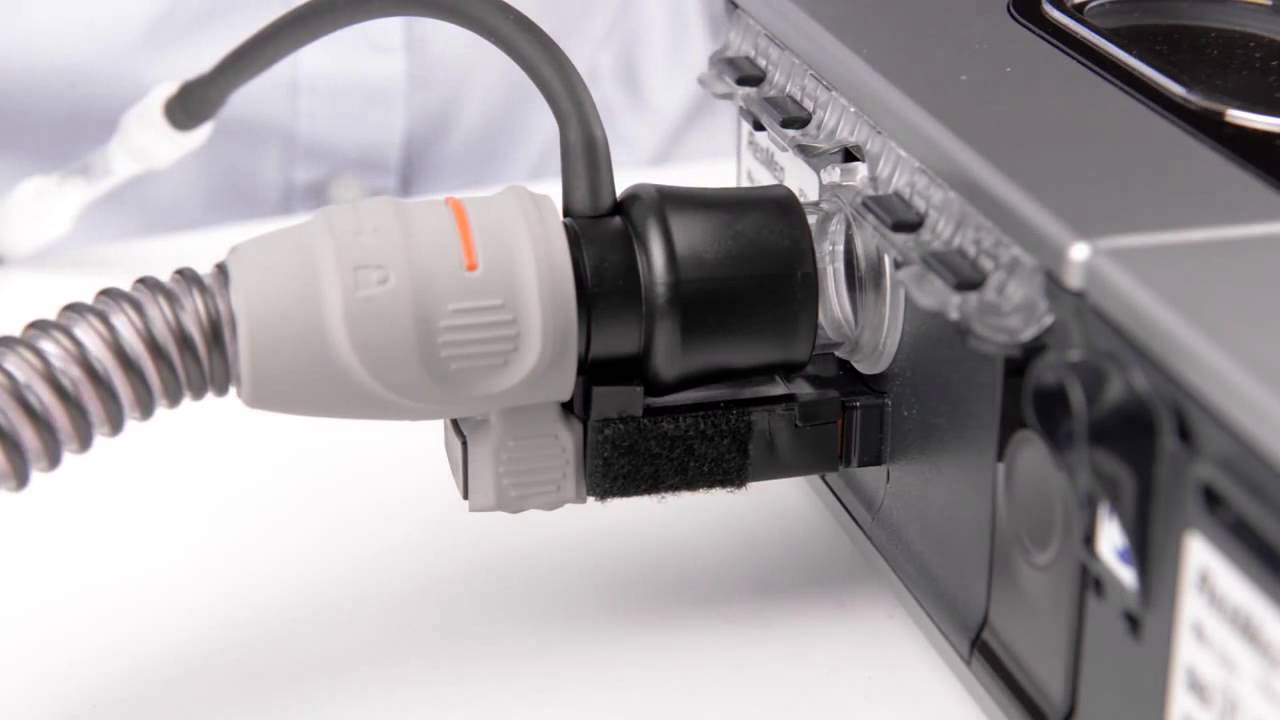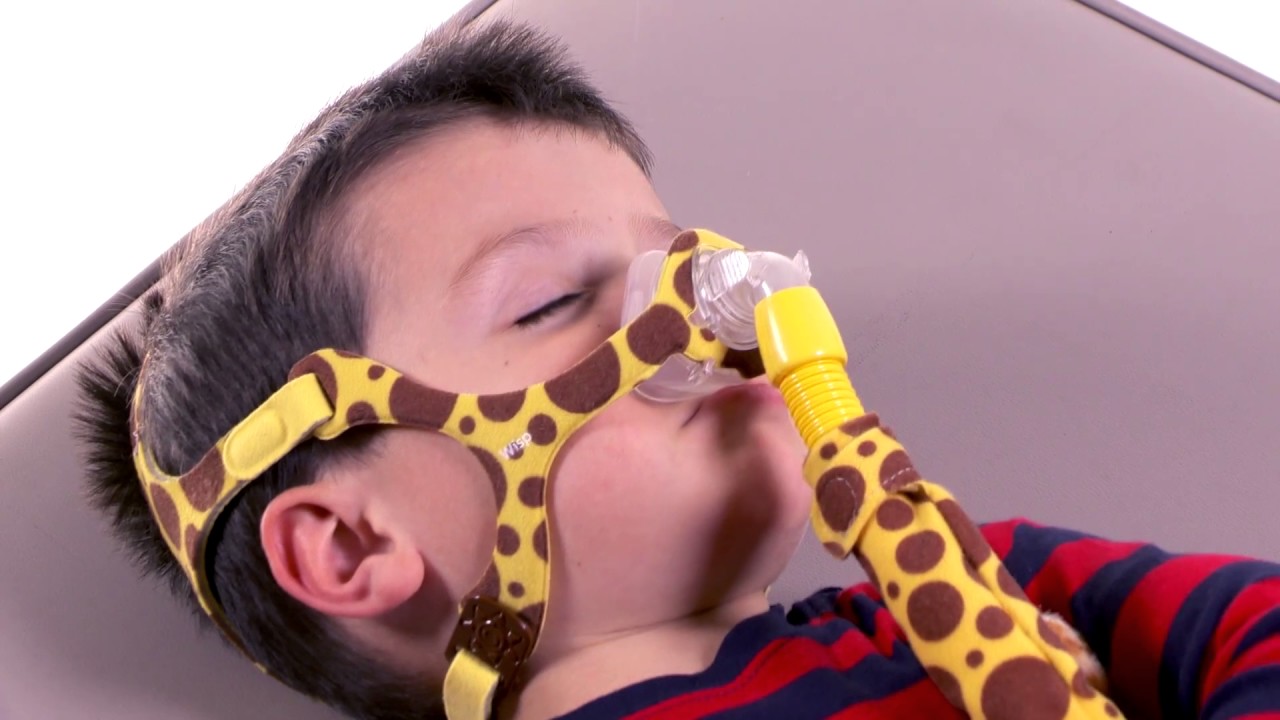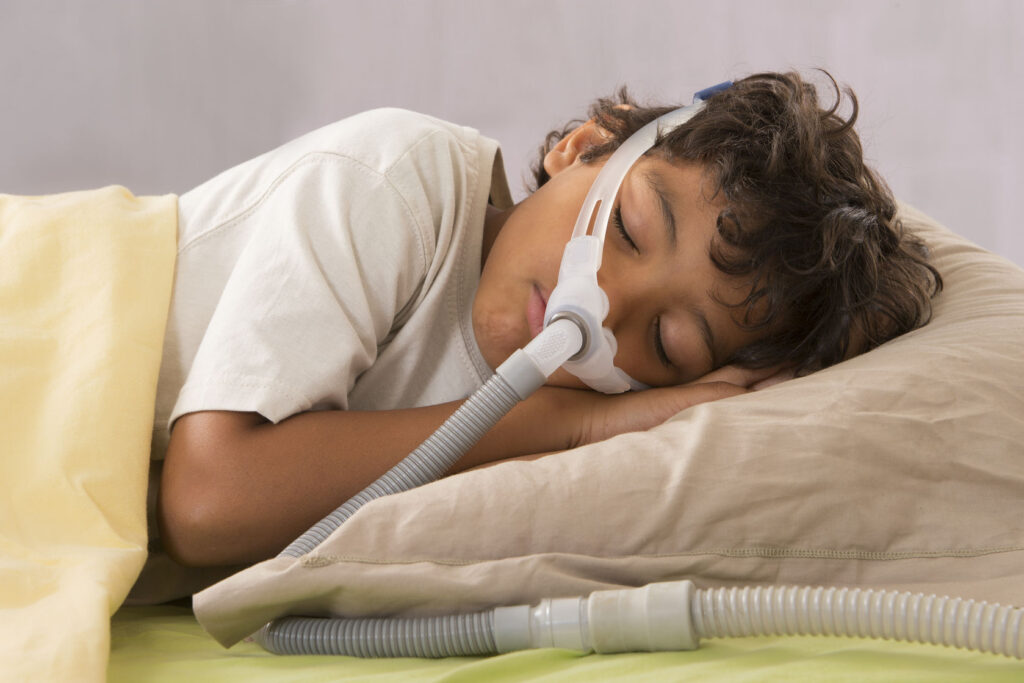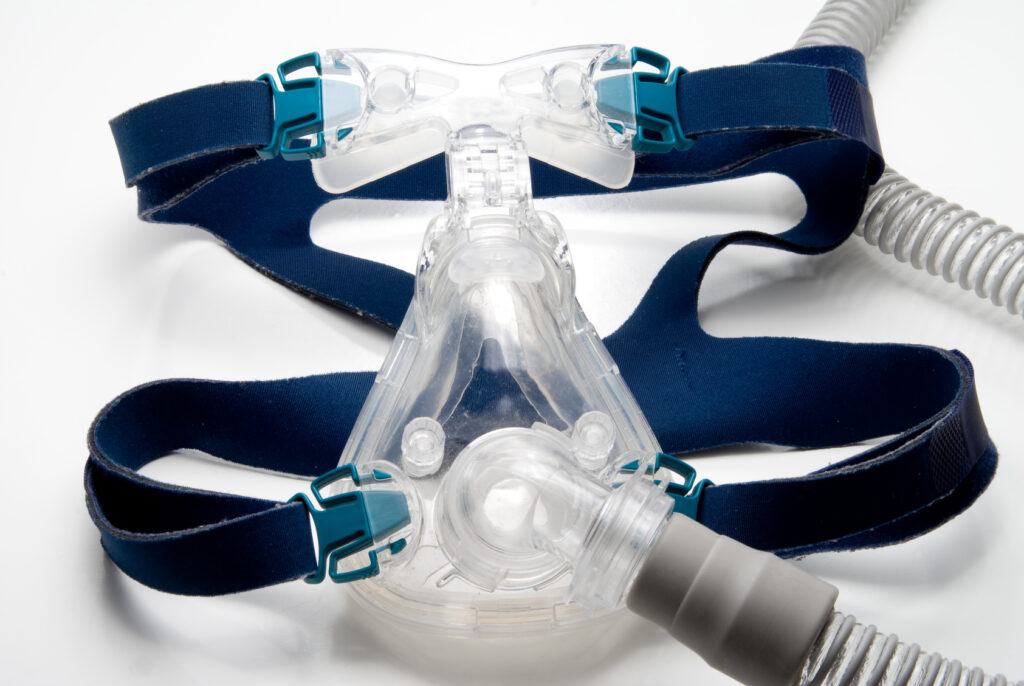Continuous positive airway pressure (CPAP) machines are great devices for anyone looking to treat their sleep apnea. As the name suggests, a CPAP machine pumps positive air pressure into your system to keep your airways open while you sleep.
This prevents the muscles from collapsing, which means you’ll be able to breathe easily the whole night through. With CPAP machines, sleep apnea patients can finally experience a good night’s sleep.
However, if you want sleep apnea machines to work to the best of their abilities, you need to clean and maintain them properly. So, we’ve compiled this comprehensive guide to cleaning and maintaining CPAP machines also you can visit https://store.airliquidehealthcare.com.au/en/ to learn that how you can use for the CPAP devices you have at home.
Read on to learn more.
Why You Need to Clean Your CPAP Machines
CPAP machines can foster bacteria growth inside their components. This is because most CPAP machines generate moisture, and the fairly warm conditions allow a lot of bacteria to grow inside the machines. So, when you wear your CPAP masks, you end up inhaling all of this dirt and bacteria, which can be dangerous for your lungs.
On top of that, built-up dirt in a CPAP machine can also clog the airways. This means that the machine won’t be able to pump enough air into your lungs to reduce the chances of obstructive sleep apnea.
So, if you’re looking to use continuous positive airway pressure machines to help you with your obstructive sleep apnea, it’s crucial that you clean your machines regularly. And don’t worry – we’ll explain all you need to know about cleaning your CPAP machine in this guide.
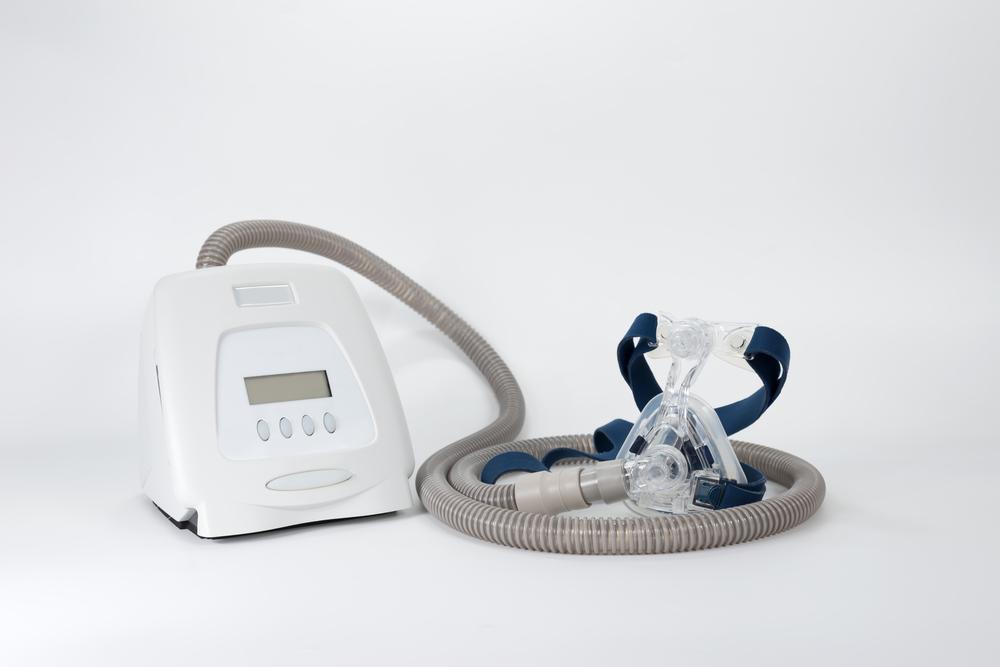
Understanding How to Clean Your CPAP Machine
Different sleep apnea machines require different maintenance and cleaning procedures. While all these machines treat obstructive sleep apnea, you can only rely on a sleep apnea machine if it’s well-maintained and properly cleaned. So, here’s a quick overview of how you should clean your sleep apnea device.
Parts of the CPAP Machine That You Need to Clean
Before anything, you need to understand the different parts of the CPAP machines that you have to clean. To start, you must clean the CPAP masks properly. Since these masks go on top of your face, we highly recommend wiping and cleaning them before and after every use.
Additionally, you’re going to need to clean the tubing, humidifier chamber, hose, and filters. These are all components that can foster bacteria. And if you allow the dirt to build up, you may end up clogging your CPAP equipment.
Lastly, we also recommend wiping down the machine’s exterior. That way, the machine looks as clean as possible, and all accumulated dust and dirt that can enter the machine has been removed.
Tools & Cleaning Supplies You Need for CPAP Machines
While proper cleaning and maintenance for your CPAP machine is crucial, you don’t actually need that many tools and supplies for the job. In fact, once you have the right set of tools, cleaning your CPAP equipment becomes very easy. Here’s a quick list of the tools and supplies you’ll need to effectively clean your CPAP machine:
- Mild detergent – make sure only to use light and mild soap when cleaning the tubing and mask
- Distilled water – it’s best to use distilled and filtered water when cleaning the CPAP machine to avoid mineral buildup
- Soft cloth – to remove as much dirt as possible without damaging your machine, make sure you use a soft cloth or sponge for wiping down the device
- Mask wipes – you can buy special wipes formulated for CPAP masks to ensure your masks are as clean as possible
- Replacement filters – if it’s time to replace the filter on your CPAP machine, make sure to have the right replacement filters on hand
- Space – you need to have enough space to comfortably move around and clean your CPAP machine for the best results
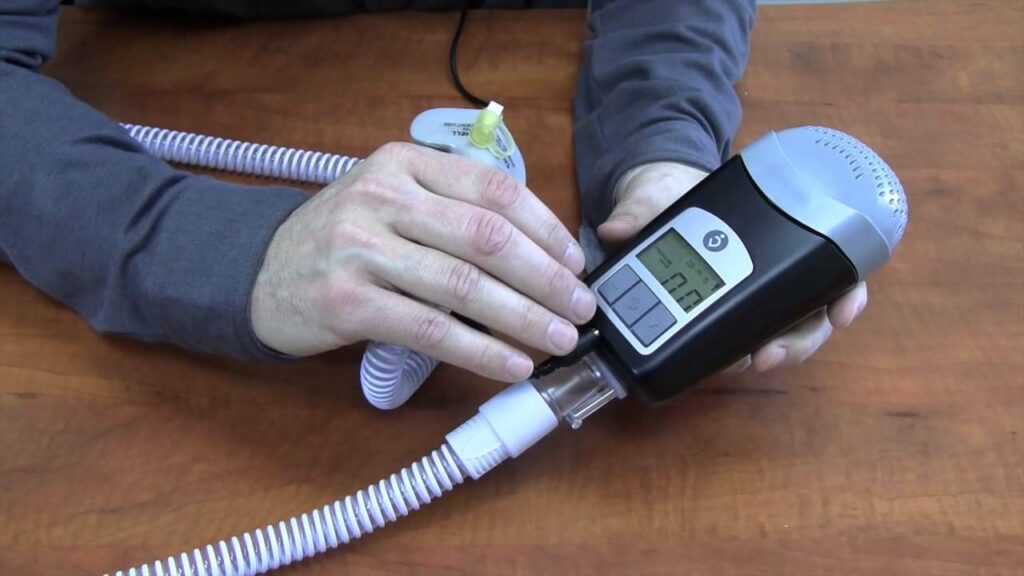
Daily Cleaning Routine for Your CPAP Machine
Daily cleaning of your sleep apnea machine is crucial in maintaining its functionality and preventing a buildup of dirt and bacteria. To do this, all you need to do is wipe down the mask to remove as much dirt as possible, flush out the water in the humidifier, and replace it with clean water.
You won’t need to clean the tubing in your daily routine. However, we still recommend checking the tubing to make sure there’s no damage or visible residue. If you see that the tubing is dirty, then it’s time to clean it as well.
Lastly, we recommend wiping down the exterior of your automatic CPAP machine. This removes dirt that could possibly get into the tubing and interior of the machine. Practising a daily cleaning routine like this will reduce the amount of work you have to do during weekly and monthly routines.
Weekly Cleaning Routine for Your CPAP Machine
While the daily cleaning is for handling the basics, you need to do a deeper cleaning of the CPAP machine every week. To do this, you’re going to need to disassemble the entire machine and remove the tubing and mask. From there, we recommend soaking the tubing in warm water and a light detergent for a few minutes to loosen up and remove as much dirt as possible.
For the humidifier, it’s best to use a combination of water and vinegar to flush out any residue. Once that’s done, you can take the tubing and the humidifier and rinse it out with clean water.
For the masks, simply clean them with the same wipes you use for daily cleaning. Additionally, you have to make sure all the components of the machine have fully dried up before reassembling.
Lastly, it’s best to check the filters at least once a week. And if you notice that the filters are clogged or blocked, it might be time for you to change them.
Conclusion: How to Clean Sleep Apnea Machines
CPAP machines are great for treating sleep apnoea. However, for the machines to work to the best of their ability, you need to make sure to clean them regularly. So, now that you know the entire process of cleaning your CPAP machine, it’s time to take out your device and start removing dirt and bacteria!

